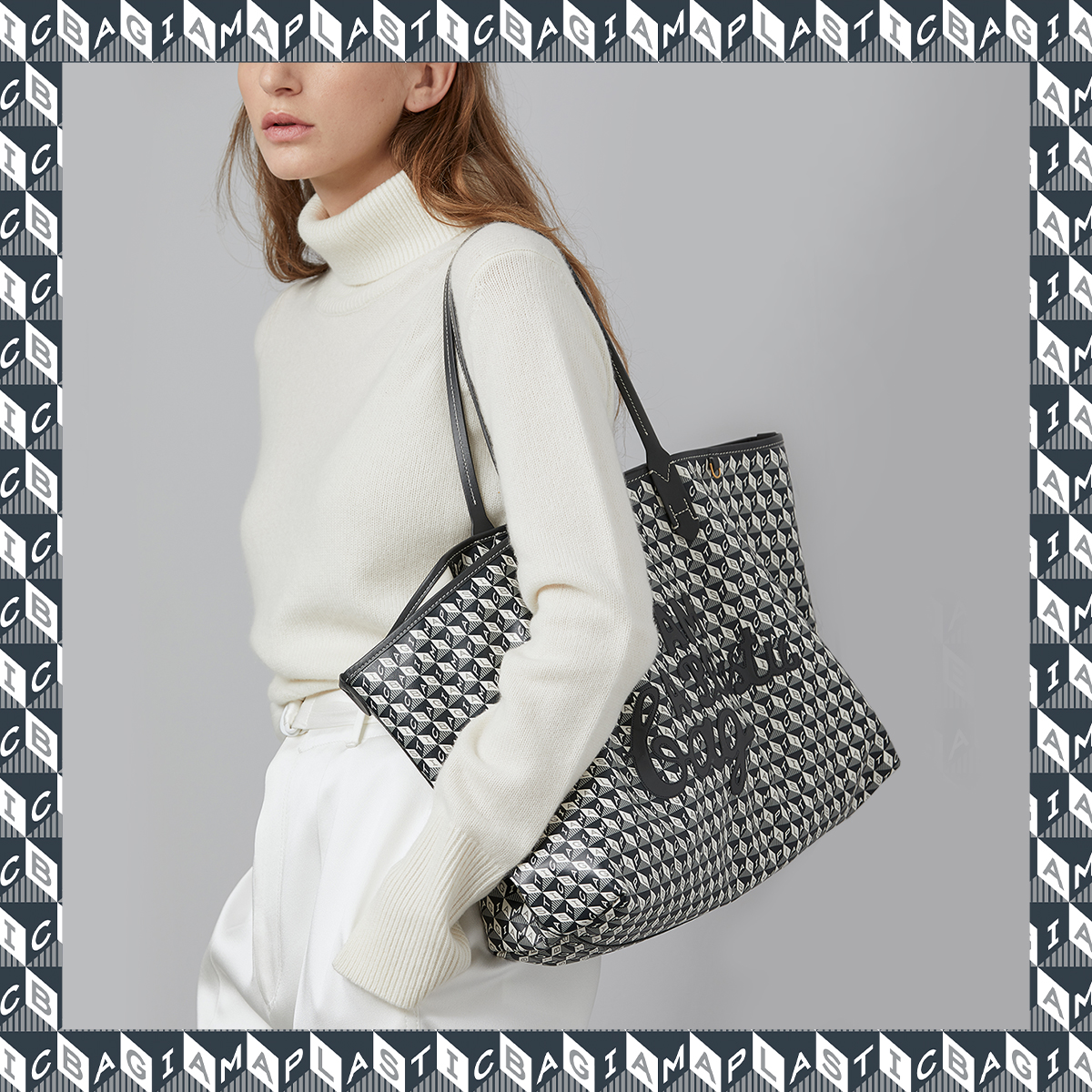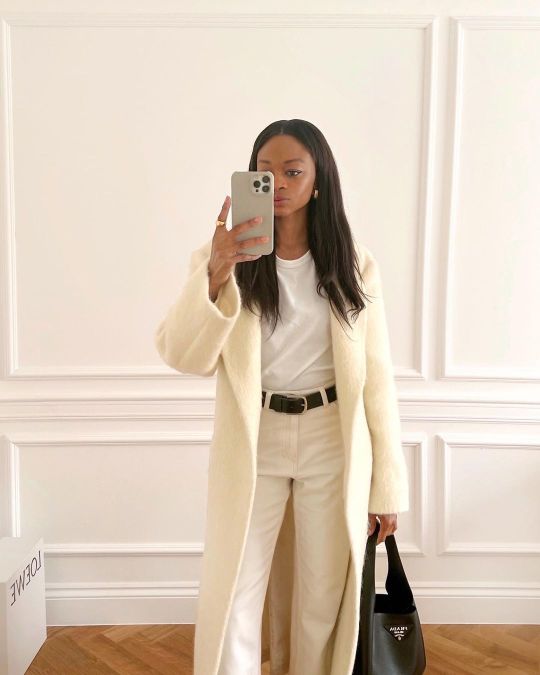
May 14, 2020 at 06:00AM
When I was growing up, we had what we called the memories box, a huge travel case packed full of childhood paraphernalia and family mementos dating back to long before I was born. I used to love spending hours rummaging in its depths, inexorably drawn toward the miniaturised items of clothing, each one telling its own story: a tiny bee-striped jumper knitted by my granny, a lace-trimmed christening gown, my first pair of shoes. These keepsakes allowed me to time-travel, revisiting those rose-tinted moments that are usually contained, frozen, in old photo albums.

Why do we store and treasure objects that are tethered to the past? It’s a question that I’ve been asking myself as I settle into a new normal, which has, by default, turned my usual future-focused self into someone who can only dwell in the current moment or reflect on the past. I am not alone in this adjustment, and as an industry whose very foundations are shaped by the promise of an ever-unfurling future, fashion has undoubtedly floundered. With a question mark hanging over everything from when to reopen warehouses to Fashion Week, it perhaps comes as no surprise that fashion has taken a moment to reflect and delve into its own memory box, looking for inspiration on how to adapt to a new era.
“The feeling of a lack of control is one of life’s biggest stressors. Because so much is out of our control at the moment and there is so much uncertainty, we resort to something that we can control, like our memories of the past,” explains behavioural psychologist and author of The Psychology Fashion Carolyn Mair. “People have always looked back to the golden olden days because it makes us feel good to do so. We associate nostalgia with positive feelings and experiences, and we want to relive those feelings during times of upheaval.”
ADVERTISEMENT
ADVERTISEMENTKate Spade Autumn/Winter Sale |

For such a forward-facing industry, fashion has an extensive and eclectic back-catalogue, and designers have long drawn inspiration from past decades to create new collections and initiate new trends. But now the power balance is shifting, and due to suspension of international travel and social isolation measures, creatives have been forced to abandon this constant cycle of reinvention and seek new (well, old) solutions.
Just two weeks ago, U.S. Vogue released A Common Thread, a special print issue that was covered by an unpublished Irving Penn photograph from 1970 of a single red rose, said to represent “beauty, hope and reawakening.” Condé Nast’s head creative director, Raul Martinez, described it to Vogue.com as “a conduit between Vogue’s past and its present. … The idea of heritage (as distinct from nostalgia) resonated with the Vogue team in this moment when so many things we have taken for granted have been uprooted.”
Back in Blighty, The Sunday Times Style printed a five-page-spread interview with Naomi Campbell, accompanied by archive shots from an early ’90s editorial shoot by Herb Ritts. Far from looking outdated and irrelevant, these throwback images feel like a breath of fresh air, a break from our usual sense of information overload and obsession with the next big thing. While we can feel a certain level of anxiety around needing to be cutting-edge, using archive imagery arguably takes this out of the equation and permits us, as creators and consumers, to simply enjoy the escapism of exploring a world and time very different from our own.

The pull of the past is not only reserved for the upper echelons of popular culture. Instagram has now become a breeding ground for fashion nostalgia, particularly now that influencers are finding it harder to create new content and speak to the housebound masses. Nineties Anxiety is undoubtedly the leader of Instagram’s throwback cult, and despite only setting up shop in 2018, the account currently boasts over one million followers. Industry folk and civilians alike have been glued to the feed’s grainy shots of Jennifer Aniston and Brad Pitt pre-break-up and baby-faced Spice Girls on the verge of fame.
“Whether it’s fashion publications or celebrities posting throwback images, nostalgic content comprises a big portion of what resonates with viewers these days,” says James, founder of Nineties Anxiety. “The goal has always been to evoke that sort of emotional response when you see something that was significant to you at an earlier point in time. I think that now more than ever people have an insatiable desire to look back at or reflect on the past, and using nostalgic references as a sort of foundation or compass for how or how not to do things in the future.”


Finding new ways to navigate a clear path toward an ever-shifting horizon is proving elusive to many designers right now. They have to prove that their ability to innovate and adapt stretches further than their design kudos. As some fashion publications have shown, however, far from just being a vehicle for warm fuzzy feelings, nostalgia offers brands the opportunity to build new and profitable ways of working.
Case in point: Earlier this month, cult Scandi brand Stine Goya announced that its second store, Goya Gallery, will be an “archive store,” giving customers a chance to snap up past-season pieces that they didn’t manage to nab the first time ’round. “We have always focused on designing timeless styles in vibrant prints, but sometimes in the rush to create newness season-on-season, it can feel that you lose that core purpose,” says founder Stine Goya. “Goya Gallery has been therapeutic in that it’s given me an opportunity to delve into the history of the brand and redefine our vision for the future. What I think is important about archives is giving individuals an opportunity to invest in their future by looking to history.” Similar contemporary luxury brands, such as A.W.A.K.E Mode and Ganni, have also followed suit, and it’s only a matter of time before others jump on the archival bandwagon.

ADVERTISEMENT
ADVERTISEMENTSports Direct Free Delivery on All Orders! |
It’s a sign of the times when those considered to be the “hot young things” are embracing rather than rebelling against the work of designers who have gone before them. Millennial buzz brand Rixo, known for its vintage-inspired frocks, collaborated with ’80s fashion icon Christian Lacroix for its A/W 20 collection, creating a striking design fusion that paid tribute to some of the designers’ most iconic motifs while still speaking to a new audience. “The quality, timelessness and cyclicality of vintage is what inspires us,” explains Henrietta Rix, one half of the Rixo design duo. “Christian Lacroix’s designs are timeless. Whether you saw them go down the couture catwalk when they launched or look back on them today, their brilliance and relevance still remain. On our vintage hunting trips in Paris, the best pieces we’d find and love the most would always be Lacroix, so when they approached us to work together, it was a complete no-brainer!”
It was also notable that the brand modeled the collection on women of all ages (from 20-somethings to sexagenarians) at its London Fashion Week show. This meant that the sartorial meeting of past and present wasn’t projected as accessible only to those not yet born at the time of original popularity, something of which fashion is often guilty when it comes to vintage-inspired trends.

Not to be outdone by the up-and-comers, big-name e-commerce brands, typically known for their fast-moving efficiency and weekly stock updates, have also been using vintage to shift their narrative. This month, global fashion platform Farfetch announced an exclusive 50-piece capsule with Chanel via London boutique Rewind Vintage. Originally part of glamorous socialite Catherine McNulty’s private collection, the edit will focus on the 1980s onward and include pieces worn by Chanel muses such as Inès de la Fressange, Yasmin Le Bon and Claudia Schiffer.
“Brands like Chanel hold great power in their recognisable DNA—the hallmarks of the brand that resurface again and again over time, ultimately creating a true sense of timelessness in the pieces. Regardless of an item’s age, it maintains its value, preciousness and relevance,” explains Celenie Seidel, senior womenswear editor at Farfetch. “I think the current appetite for nostalgia and pre-owned pieces is really encouraging, speaking to a real change in the way people are consuming fashion. More and more, we are seeing people looking to ‘old’ pieces as their source of something ‘new.’ With an undeniable need for a shift in our old consumption habits, people are able to be just as inspired (if not more) by fashion that has lived a life that predates a purchase today.”

Historically, nostalgia is something that has been placed at odds with notions of youth and innovation. But as we settle down to our 1000th episode of Friends, we can’t deny the comfort that comes from quietly turning away from our Twitter feeds and, just for a moment, returning to a bubble that feels safe and familiar. And who knows? On a wider scale, this small act of reflection just might turn out to be the saving grace for a multi-billion-dollar industry. It’s time to get rummaging in that memory box. The archive is calling.





ADVERTISEMENT

ADVERTISEMENT
Anya Hindmarch - I AM A PLASTIC BAG










Up Next: Why 2019 Was the Year That Fashion Reclaimed the Word “Frumpy”
Author Joy Montgomery | Whowhatwear
Selected by CWC
ADVERTISEMENT
ADVERTISEMENTUp to 30% off Gift Sets |








